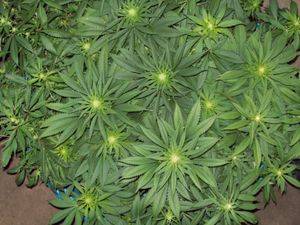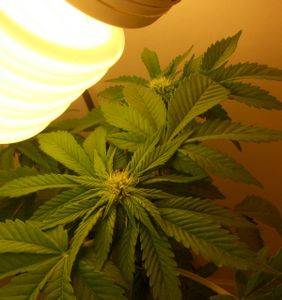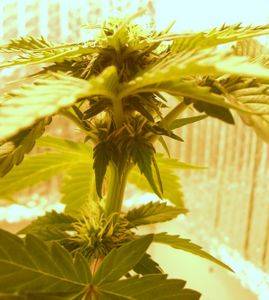new soil with added ammendments. i whipped up a batch of soil about a month and a half ago. i used the sunshine #1 with seabird and bat poo, blood meal, bone meal, and a little composrt added. i have not used any other adjustments or food yet.
it seems to be working pretty well. the plants dont seem to be lacking anything and i think i might have finally nailed a soil mix that needs no ph adjusting or additives after transplant. maybe a compost tea once or twice.
have a look....



if all goes well in this garden. i will have drawn a final conclusion on the ph deal. i hope that my conclusion is to toss the meter idea as that will mean that my garden is very user friendly. fingers crossed.
p.s. the leaf curl in the above pictures is a unique natural trait in the f13/ bb sativa strain. i freaked the first time i witnessed it but after some research, i found it to be natural and uncontrollable.
it seems to be working pretty well. the plants dont seem to be lacking anything and i think i might have finally nailed a soil mix that needs no ph adjusting or additives after transplant. maybe a compost tea once or twice.
have a look....
if all goes well in this garden. i will have drawn a final conclusion on the ph deal. i hope that my conclusion is to toss the meter idea as that will mean that my garden is very user friendly. fingers crossed.
p.s. the leaf curl in the above pictures is a unique natural trait in the f13/ bb sativa strain. i freaked the first time i witnessed it but after some research, i found it to be natural and uncontrollable.
Last edited:





















